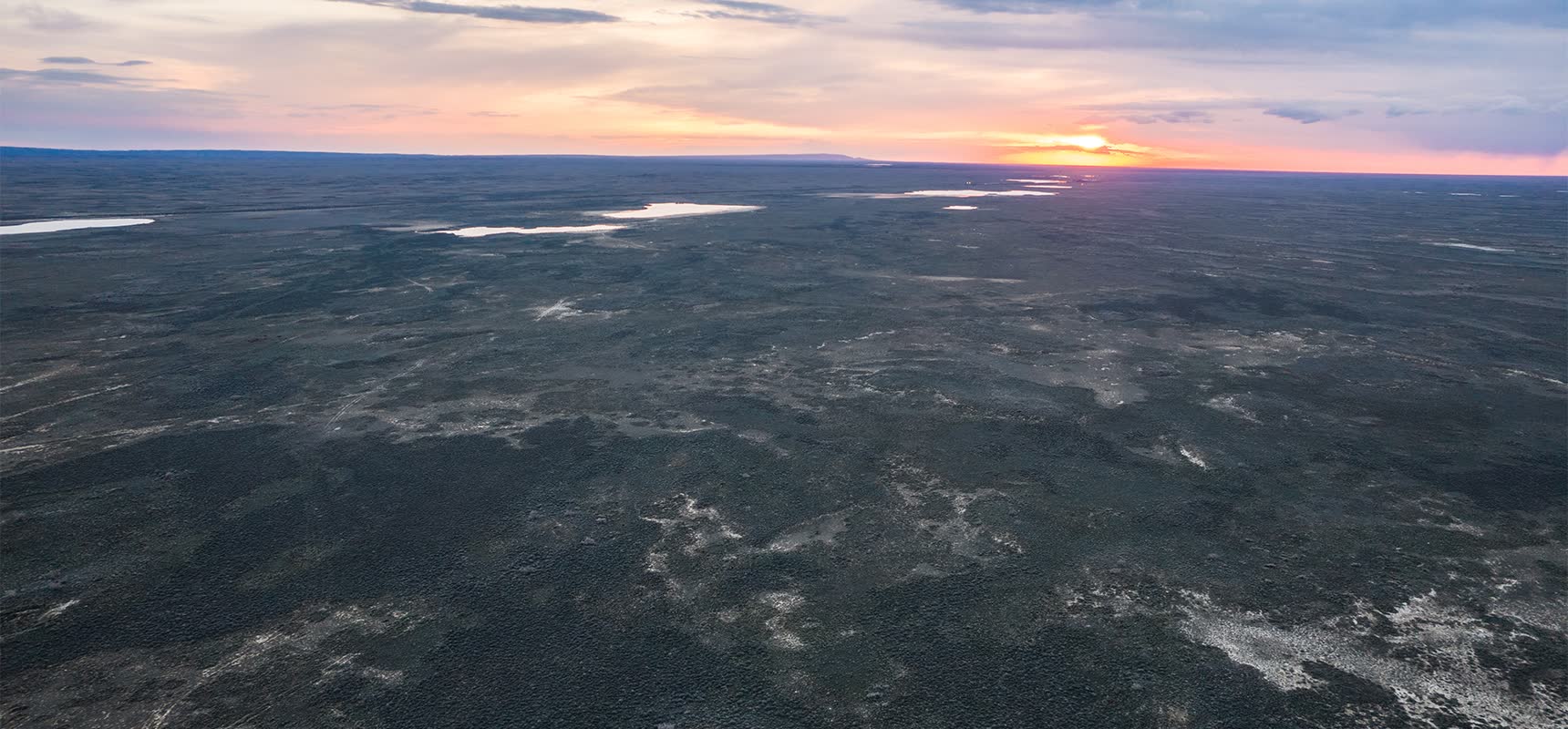Betpak-Dala Desert
Betpak-Dala, also known as Betpak-Dala Desert, is a large desert region located in Kazakhstan. It is one of the country's significant desert areas and is characterized by its unique landscapes and features.
Here are some key details about Betpak-Dala:

Location: Betpak-Dala is situated in central and southern Kazakhstan, covering a vast area within the country. It extends across regions like Karaganda, Aktobe, Kyzylorda, and Akmola.
Size: The Betpak-Dala Desert is one of the largest desert regions in Kazakhstan, covering a vast expanse of territory.
Desert Features: This desert region is characterized by its arid landscapes, sand dunes, salt flats, and barren expanses. It is sparsely populated and can be quite harsh and unforgiving in terms of its climate and terrain.
Biodiversity: Despite its seemingly inhospitable conditions, the Betpak-Dala Desert is home to a variety of plant and animal species that have adapted to the extreme environment. Some of the native wildlife includes saiga antelope, wild sheep, and various desert plants.
Mining: The region has also been known for its mineral resources, including significant deposits of various minerals such as uranium, copper, and other valuable resources.
Climate: The climate of Betpak-Dala is typically characterized by extreme temperature fluctuations, with hot summers and cold winters. Precipitation is relatively low, and the region can experience severe dryness.
Research and Conservation: Due to its unique environment and the presence of valuable minerals, Betpak-Dala has been a subject of research and conservation efforts. Scientists study the region's ecology and geology, and efforts are made to protect the local flora and fauna.
Betpak-Dala is an important part of Kazakhstan's diverse landscapes, and while it may not be a traditional tourist destination, it plays a significant role in the country's natural and geological heritage. Its harsh beauty and unique features make it an intriguing part of Kazakhstan's geography.